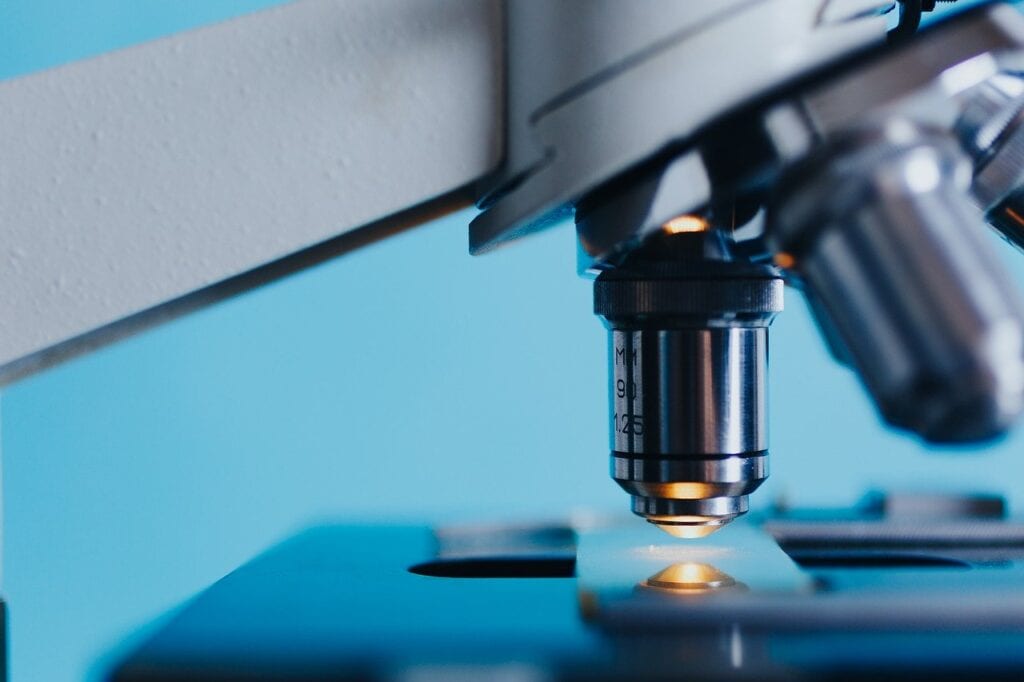According to a story from Charcot-Marie-Tooth News, an all new protocol first described in the journal Brain Sciences could mark a significant advance in Charcot-Marie-Tooth disease research. The protocol allows for the creation of models based on the spinal motor neurons from patients living with the disease. These models could be used for study and to test the impact of potential treatments.
About Charcot-Marie-Tooth Disease
Charcot-Marie-Tooth disease is a hereditary disorder of the peripheral nervous system. It is most characterized by a progressive loss of touch sensation and muscle tissue in several different parts of the body. The cause of this disease is usually linked to a genetic mutation, but the mutation involved varies depending on the variant of Charcot-Marie-Tooth disease. There are multiple types of Charcot-Marie-Tooth disease, with all types aside from type 2 having a demyelinization effect. Type 2 causes damage to the neuronal axon instead. Symptoms include foot drop, muscle wasting (typically in the arms, legs, and hands), painful muscle spasms, loss of sensation in the limbs, scoliosis, trouble speaking, chewing, and swallowing, and tremors. Treatment typically includes therapy and surgery in order to maintain function. There is no cure. The disease can occur early in life or as late as the 30s and 40s. To learn more about Charcot-Marie-Tooth disease, click here.
Improving Rare Disease Research
Part of the value of this protocol is simply the capability of investigating the diseased neurons down to the cellular level. The creation of the model of based on the use of human-induced pluripotent stem cells. It is impossible to extract spinal motor neurons safely from patients, but these stem cells can be used to generate them. The stem cells can be derived from skin or blood cells, and can then be differentiated into neurons using certain biochemical cues. When these stem cells are derived from patients, the spinal motor neurons will have the same genetic alterations.
The development of the protocol was not easy, however, and required several modifications and attempts after trying several earlier protocols. Now, scientists researching Charcot-Marie-Tooth disease will have a new and valuable tool at their disposal.







